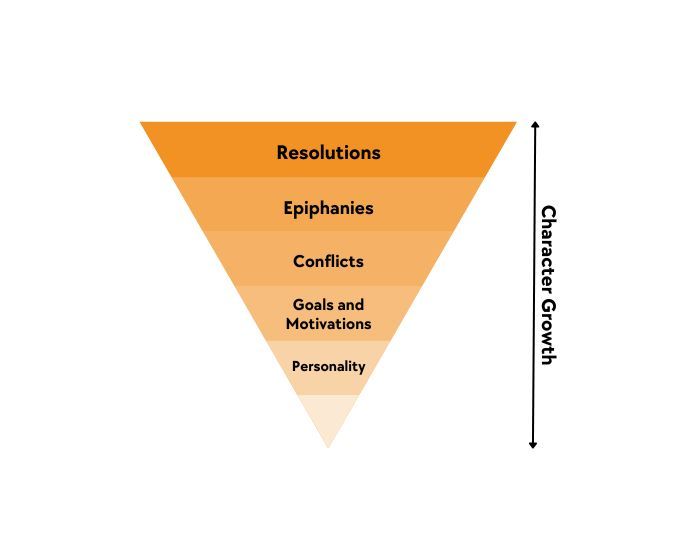How to Become a Fantasy Writer: Hero Character Arc's

Introduction
Fantasy characters are some of the most memorable and beloved in all of fiction. They're larger than life, captivating us with their adventures and actions. But what makes them so special? In this guide, we'll discuss how to shape your fantasy character to be more than just a hero—they should have an arc!
How to Shape a Hero
In order for your hero to serve as a compelling character, you need to craft each of these elements with care.
Your hero's characteristics should be revealed through dialogue and action. You also need him or her to have a goal that is clearly defined. The motivation for this goal should relate directly to the character’s arc, which is where the conflict comes in.
A good way to think about narrative arcs is by using an inverted pyramid—as it gets higher up on this pyramid, each element becomes more important than those below it (a story without an ending would have no resolution). So we start at the base of our character arc with their personality traits, then add in their goals and motivations next, followed by conflicts (which are resolved by rising through the ranks), epiphanies (moments where they learn something new) and finally resolutions (when they reach their ultimate goal).

Understanding the Hero's Journey
The hero's journey is a pattern you'll find in many stories, from the Odyssey to Star Wars to Harry Potter. The way we tell stories has been around for thousands of years, and this pattern makes sense because it helps us understand what happens when someone goes on a journey or adventure.
A quick summary:
The hero receives a call to action—something that motivates them to start the journey
They have an ally who gives them advice along their way (think Obi-Wan Kenobi)
They face obstacles along the way until they reach a point of no return—this is usually where they lose everything but decide to continue anyway
Eventually they reach some kind of reward (the Holy Grail in Indiana Jones)
Putting the Hero's Journey into Practice
The hero's journey is a story arc that is found in many stories. It is a great way to structure your story, and it can also be used to structure your character's development.
Takeaway:
The hero’s journey is a pattern that can be applied to any story, character and genre. If you have a character in your story who goes on an adventure through the world and overcomes obstacles, then they are following the hero's journey. If you have a villain who fights against the protagonist (the hero) and is defeated at some point in the story by them, then they are also following this pattern even though it may not seem like it at first glance.
I hope that you took away some useful tips on how to create your own hero, and that you learned something new about the Hero’s Journey. Remember that the core principles behind it are universal: they work just as well in fantasy as they do in other genres (which means they can also be used outside of literature).




